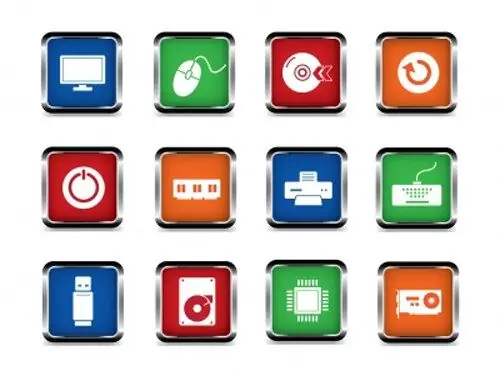Some users are satisfied with the standard appearance of various elements of the desktop, while others want to add some individuality to the design. If you don't like the system icons in Windows, you can change them.

Instructions
Step 1
In order to change icons, you can use special applications such as IconPhile or IconPackager. Such programs, as a rule, take up a minimum of space on the local disk and have a simple interface. But if you want to learn how to work with system components on your own, replace the icons manually.
Step 2
Icons for folders "My Documents", "Full / Empty Trash", "Network Neighborhood" and "My Computer" are replaced through the "Display" component. Right-click on any free space on the desktop and select "Properties" from the drop-down menu. Alternatively, open Control Panel from the Start menu and select the Display icon from the Appearance and Themes category.
Step 3
A new dialog box "Display Properties" will open, go to the "Desktop" tab and click on the "Desktop Settings" button at the bottom of the window. In the additional window on the "General" tab, select the thumbnail of the item you need and click on the "Change icon" button. Provide the path to your icon in.ico format and apply the new settings.
Step 4
If you need to change the icon of a custom folder, right-click on it and select Properties from the context menu. Go to the "Settings" tab in the window that opens and click on the "Change icon" button in the "Folder icons" group. Specify the directory where your icon is saved, save the settings.
Step 5
To replace the icons of standard files of various applications, call the "Folder Options" component. Open any folder and select "Folder Options" from the "Tools" menu. Alternatively, in the Control Panel folder, find this component under the Appearance and Themes category. In the dialog box that opens, go to the "File Types" tab.
Step 6
Select from the list the file type for which you want to change the icon by highlighting it with the left mouse button. In the group "Details for the extension […]" click on the "Advanced" button. In the new window "Change the properties of a file type" click on the "Change icon" button and specify the path to your own icon or select one of the available thumbnails. Apply the settings.






